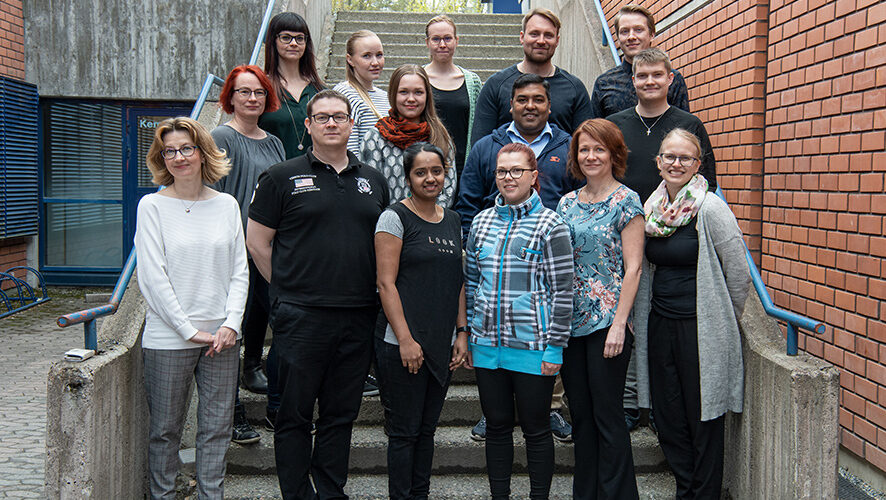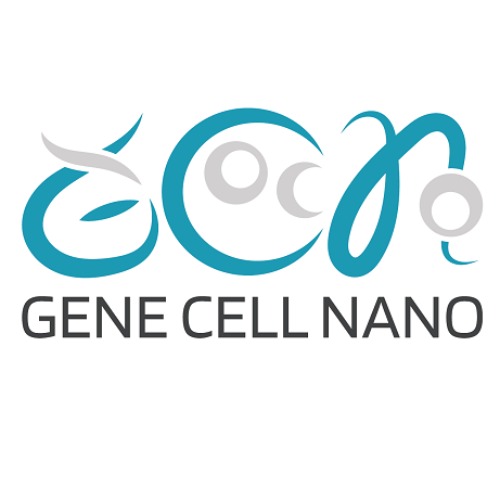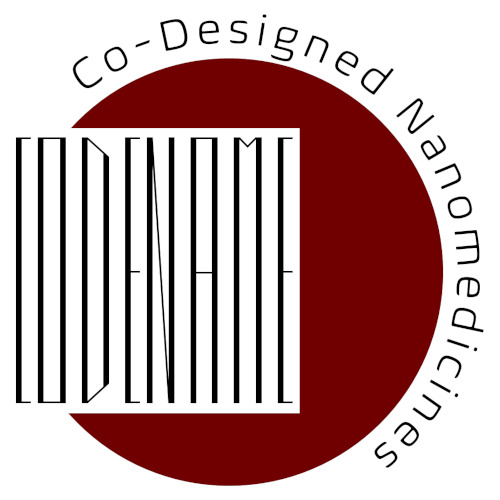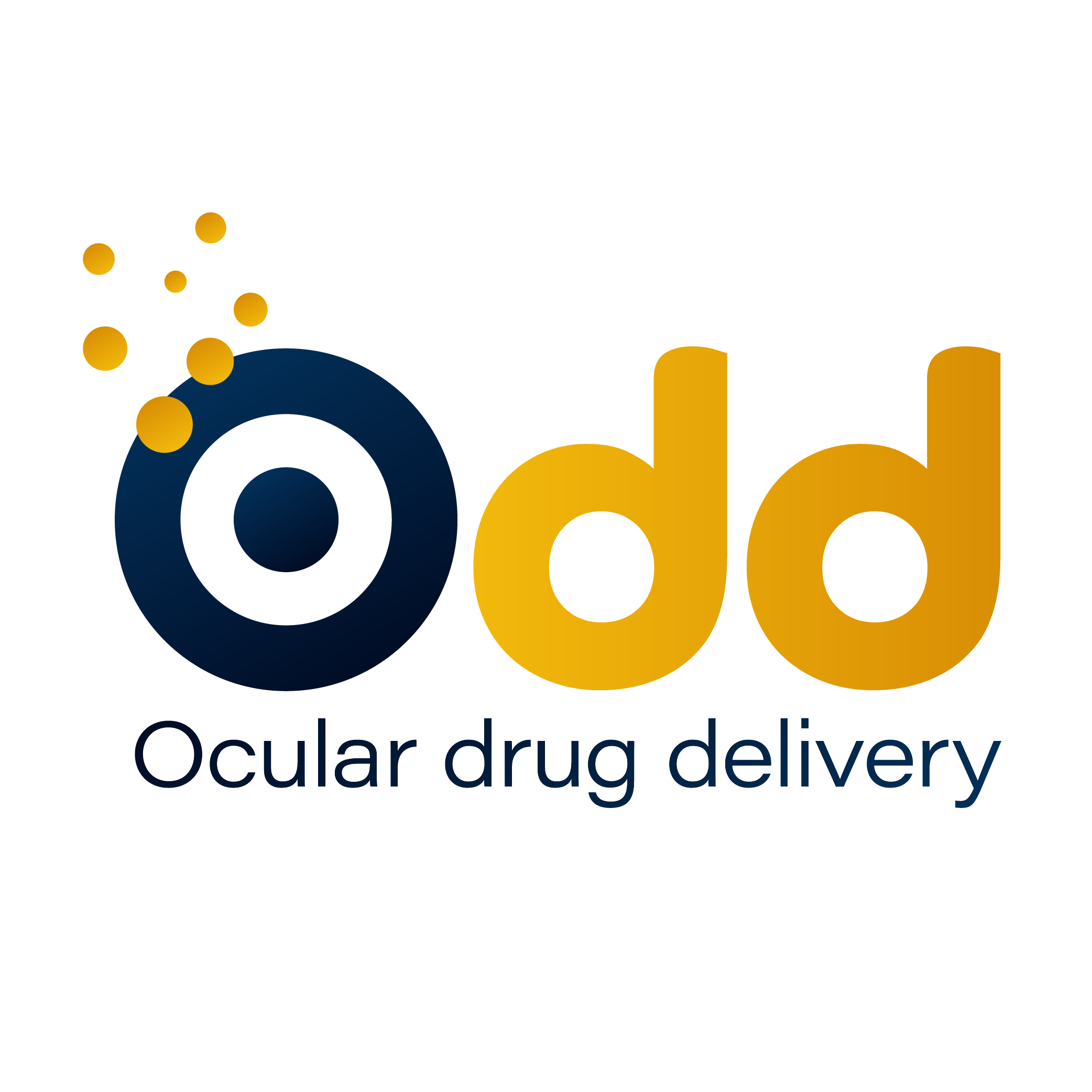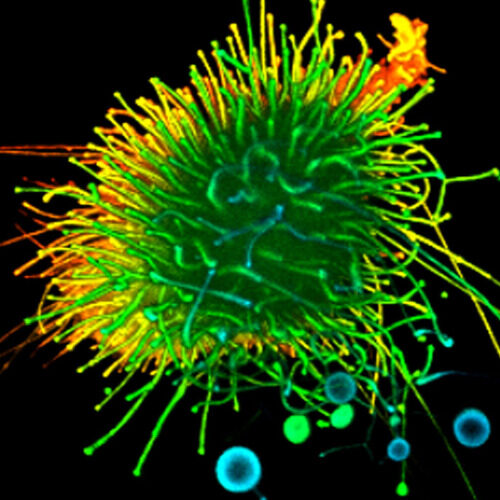
Rilla Lab
Leaders
Research Goals
We aim to utilize the unique properties of hyaluronic acid (HA) to enhance the safety and specific targeting of HA-based nanocarriers. We use modern high resolution, 3-dimensional and live-cell bioimaging techniques and their combinations, and develop novel methods for EV engineering and analysis. We are interested in the impact of extracellular matrix (ECM) molecules and adhesion receptors, such as HA and CD44 on the EV biogenesis, traffic, and interactions with their target cells. Our aim is to increase the understanding of the basic biology of EV which helps to develop novel strategies for utilization of EVs in drug delivery.
Scientific and Societal Impact of Research
EVs are natural next-generation tools for targeted therapy and early diagnostics of cancer and other widespread diseases, such as various types of inflammation and metabolic diseases. Their presence in all body fluids like plasma and urine enables their non-invasive detection from liquid biopsies instead of the limited sample obtained with fixed biopsies. Furthermore, stem cell-derived EVs act as promising tools for cell-free therapy of damaged, slowly regenerating tissues. In addition to their diagnostic and therapeutic value, EVs act as important regulators of human physiology both in health and disease.
Projects
Cooperation
Keywords
Leaders
Senior Researchers
Doctoral Researchers
-

Heikki Kyykallio
Doctoral ResearcherInstitute of Biomedicine, School of Medicine, Faculty of Health Sciences -

Johanna Matilainen
Doctoral Researcher -

Stef Bosch
Doctoral ResearcherInstitute of Biomedicine, School of Medicine, Faculty of Health Sciences
Technicians
Supporting Staff
Publications
19 items-
Selective drug delivery to the retinal cells: Biological barriers and avenues
Ramsay, Eva; Lajunen, Tatu; Bhattacharya, Madhushree; Reinisalo, Mika; Rilla, Kirsi; Kidron, Heidi; Terasaki, Tetsuya; Urtti, Arto. 2023. Journal of controlled release. 361: 1-19 -
The prognostic and predictive role of tumor-infiltrating lymphocytes (FoxP3 + and CD8 +) and tumor-associated macrophages in early HER2 + breast cancer
Jääskeläinen, Minna M; Tiainen, Satu; Siiskonen, Hanna; Ahtiainen, Maarit; Kuopio, Teijo; Rönkä, Aino; Kettunen, Tiia; Hämäläinen, Kirsi; Rilla, Kirsi; Harvima, Ilkka; Mannermaa, Arto; Auvinen, Päivi. 2023. Breast cancer research and treatment. 201: 183-192 -
A quick pipeline for the isolation of 3D cell culture‐derived extracellular vesicles
Kyykallio, Heikki; Faria, Alessandra V. S.; Hartmann, Rosabella; Capra, Janne; Rilla, Kirsi; Siljander, Pia R‐M. 2022. Journal of extracellular vesicles. 11: -
MCF10CA Breast Cancer Cells Utilize Hyaluronan-Coated EV-Rich Trails for Coordinated Migration
Aaltonen, Niina; Kyykallio, Heikki; Tollis, Sylvain; Capra, Janne; Hartikainen, Jaana M.; Matilainen, Johanna; Oikari, Sanna; Rilla, Kirsi. 2022. Frontiers in oncology. 12: . 869417 -
Microscopic characterization reveals the diversity of EVs secreted by GFP-HAS3 expressing MCF7 cells
Capra, Janne; Härkönen, Kai; Kyykallio, Heikki; Vihinen, Helena; Jokitalo, Eija; Rilla, Kirsi. 2022. European journal of cell biology. 101: -
Diverse plasma membrane protrusions act as platforms for extracellular vesicle shedding
Rilla, Kirsi. 2021. Journal of extracellular vesicles. 10: e12148 -
The power of imaging to understand extracellular vesicle biology in vivo
Verweij, FJ; Balaj, L; Boulanger, CM; Carter, DR; Compeer, EB; D'Angelo, G; El Andaloussi, S; Goetz, JG; Gross, JC; Hyenne, V; Krämer-Albers, EM; Lai, CP; Loyer, X; Marki, A; Momma, S; Nolte-'t Hoen, ENM; Pegtel, DM; Peinado, H; Raposo, G; Rilla, K; Tahara, H; Théry, C; van Royen, ME; Vandenbroucke, RE; Wehman, AM; Witwer, K; Wu, Z; Wubbolts, R; van Niel, G. 2021. Nature methods. 18: 1013-1026 -
The density and length of filopodia associate with the activity of hyaluronan synthesis in tumor cells
Kyykallio, Heikki; Oikari, Sanna; Álvez, María Bueno; Dodd, Carlos José Gallardo; Capra, Janne; Rilla, Kirsi. 2020. Cancers. 12: 1908 -
CD44s Assembles Hyaluronan Coat on Filopodia and Extracellular Vesicles and Induces Tumorigenicity of MKN74 Gastric Carcinoma Cells
Härkönen, K; Oikari, S; Kyykallio, H; Capra, J; Hakkola, S; Ketola, K; Thanigai Arasu, U; Daaboul, G; Malloy, A; Oliveira, C; Jokelainen, O; Sironen, R; Hartikainen, JM; Rilla, K. 2019. Cells. 8: 276 -
Correlative light and electron microscopy is a powerful tool to study interactions of extracellular vesicles with recipient cells
Arasu, Uma Thanigai; Härkönen, Kai; Koistinen, Arto; Rilla, Kirsi. 2019. Experimental cell research. 376: 149-158


